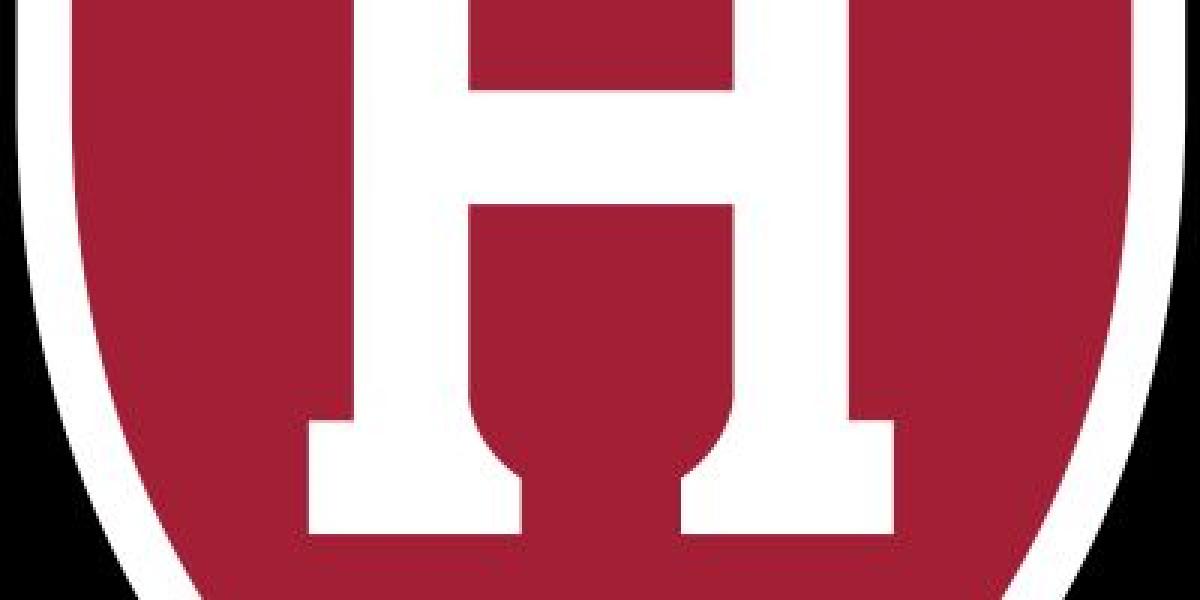From its humble beginnings in the 19th century, Harvard football quickly rose to prominence, becoming a dominant force in the early years of intercollegiate competition. The Crimson's clashes with rivals like Yale became legendary, drawing massive crowds and capturing the nation's attention. But Harvard's contributions extend beyond mere on-field success. The university played a crucial role in shaping the game's rules, advocating for innovations that helped transform rugby into the sport we know and love today.
This series will also examine the iconic figures who have donned the crimson and white, from legendary coaches to Hall of Fame players. We'll explore the traditions and rivalries that have defined Harvard football and analyze the program's enduring importance to the broader landscape of American football. Join us as we uncover the captivating story of Harvard football, which is inextricably linked to the very essence of the game itself.
Eddie Casey Early Harvard Legend
May 16, 1894 - Natick, Massachusetts - Eddie Casey, Harvard's halfback, arrived in the world in 1916 and 1919. The National Football Foundation's website bio on Casey informs the reader that Eddie was a ferocious tackler, but he always had a boyish grin when he helped his opponent up. The description tells me he played hard but loved and enjoyed the game. He was well-liked by teammates and opponents alike. One story tells how some rival Yale team members invited Casey to dinner one evening. There was crude conversation of "raw meat" football styles until the Eli captain finally asked Eddie how he would like his steak prepared. "Just run the steer in here, and I'll take a swipe at him," was Casey's quick retort. "Natick Eddie" had quickness and agility, making him a standout player. He started as a freshman in 1916, then served in the Navy during World War I when Harvard, like most schools, suspended varsity competition. Returning for the 1919 season, Casey led the Crimson through a perfect 10-game regular season and a 7-6 victory over Oregon in the Rose Bowl. Casey earned All-American honors that year. Eddie Casey was honored to be selected for inclusion into the College Football Hall of Fame in 1968.
After his playing days, we had this from Newspapers.com Football History.
The headline of the Day popped up on December 10, 1930, in the Boston Globe. "CASEY HEAD COACH OF HARVARD ELEVEN!" Yes, Casey returned home to coach the Crimson, but it wasn't his first gig. Eddie had guided Mount Union in 1920 and 1921, Tufts University from 1922 to 1925, and the Harvard Freshman squad from 1926 through 1928. Long-time Harvard Coach Arnold Horween had just announced late in the season, on the eve of a game against Army, that he would be stepping down at the end of the 1930 season. Casey was a natural replacement, and he did well at the helm of the Crimson sporting four seasons, compiling a 20-11-1 record before, according to the American Football Database, he was also the head coach of the Boston Redskins of the National Football League in 1935, as the Pro Football Reference lists him playing that season too for Boston. He later coached the Boston Bears of the Third American Football League in 1940. The article notes that Casey played professional football in 1920 for the Buffalo All-Americans.
"Eddie Casey Early Harvard Legend"



